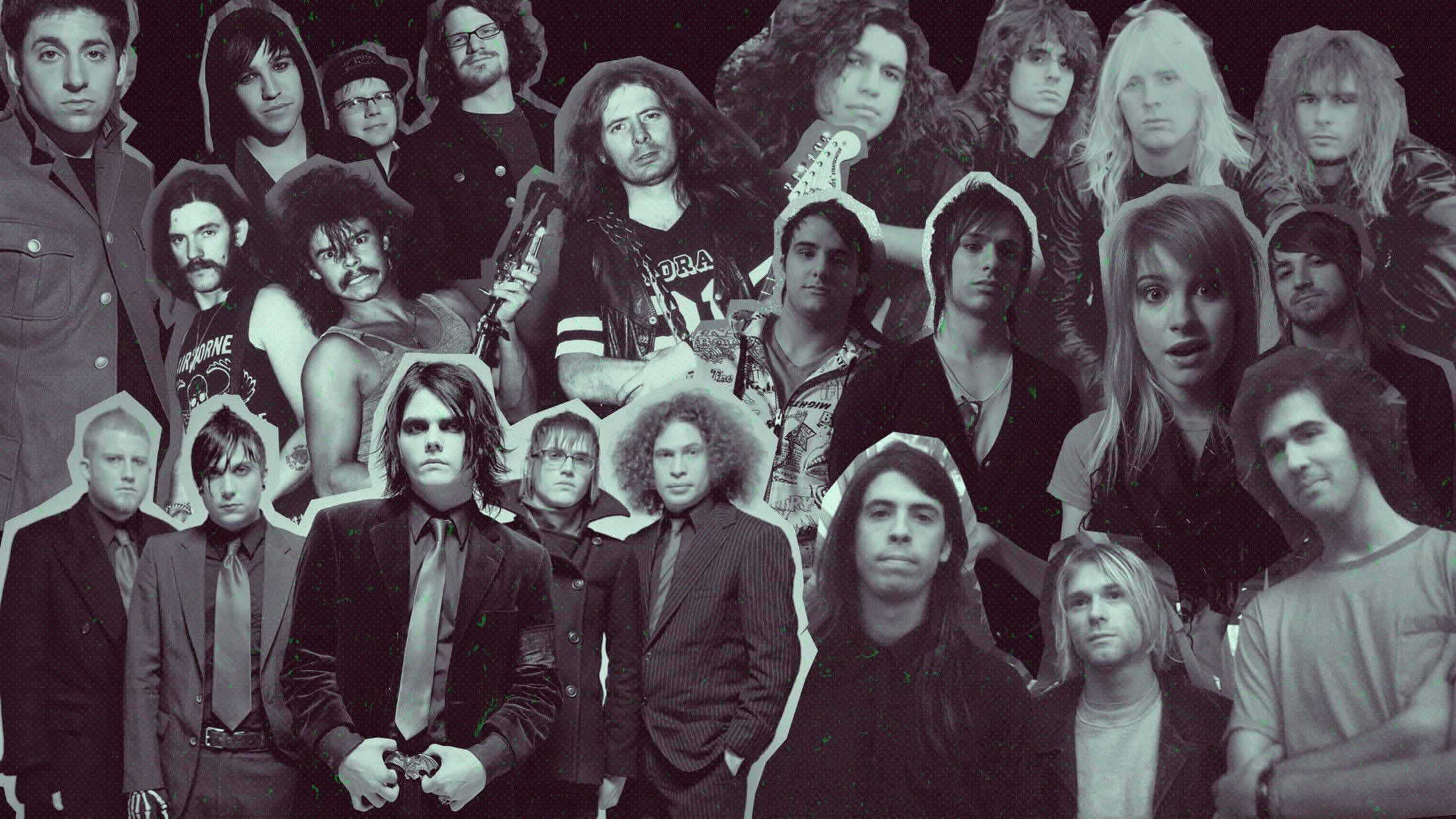Every classic album is cause for celebration. Whenever a band really hit their groove and rack them up successively, however, it tends to feel extra-special, proving that the players in question are no flash-in-the-pan, showcasing an artistic progression without any trade-off in quality. Whether hammered out in a matter of months or developed glacially over a decade-plus span, it’s ever so satisfying to pore over a band’s back-catalogue and bracket out an extended stretch when they were at their momentous peak.
Of course, the exact nature of that sweet spell differs from artist to artist. Metallica’s first five albums were close to perfection. As were Black Sabbath’s first six, and Iron Maiden’s first seven. For comparative purposes, we reckon that three is the magic number, though: a stretch long enough to be remarkable but sufficiently contained to encapsulate the careers of short-lived legends such as Nirvana and red-hot young guns like Code Orange. After much debate, here we present our cross-genre, cross-generational list of the all-time best three-album runs…
